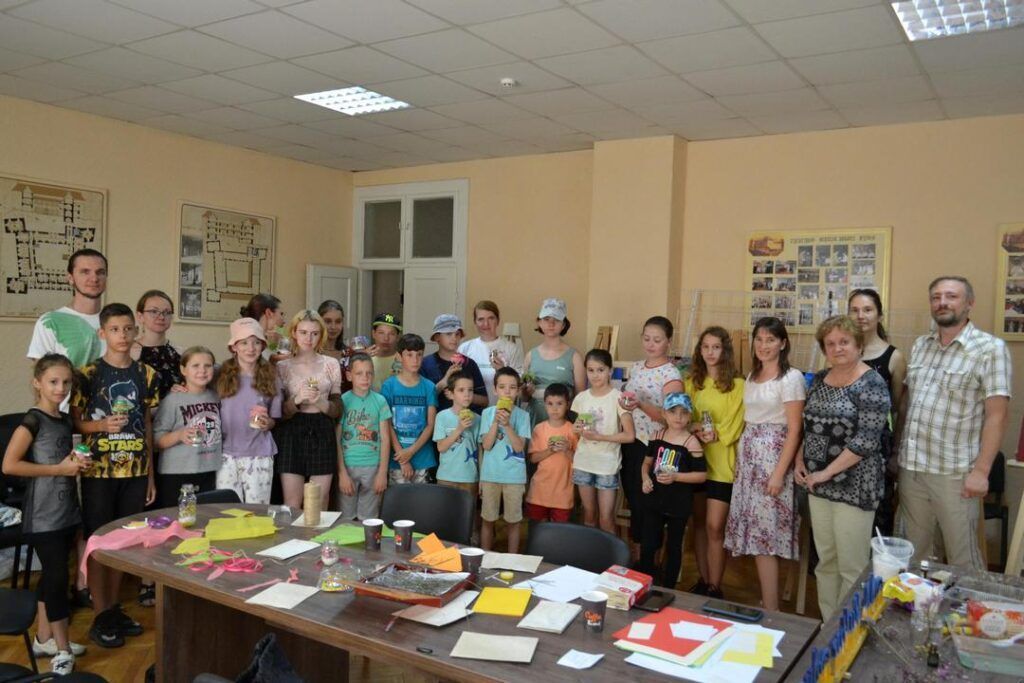Summer is not only the warmest time of the year but also a “hot” time for naturalists, especially botanists. Most plants bloom and bear fruit in summer. Researchers observe them, study them and collect materials for further work. This is how flora biodiversity is studied. The best method for recording information about the flora of a certain biotope, settlement, or administrative region is the herbarium collection. Dried plants are stored for a long time and are valuable material for comparing how the species composition of plants changes over the years in a certain area.

Children of IDP and Uzhhorod residents learned how to collect an herbarium properly during a workshop at the Transcarpathian Regional Museum of Local Lore named after T. Legotskyi. On July 26, researchers from the Nature Branch, together with experts from the Institute of Ecological and Religious Studies, organized a workshop on making a herbarium. First, the students listened to the story of the senior researcher, Ruslana Dzhahman, about the most interesting herbarium samples stored in the museum. They also saw the original herbarium of Istvan Laudon, collected by him in 1885. István Laudon is a gymnasium teacher, one of the first to plant exotic trees and shrubs. We can still see some species in Uzhhorod. The remains of his garden were preserved near the children’s hospital.

After that, children together with researchers Olena Buchmei and Mykhailo Bilanych made herbarium samples of tree branches that grow in the park of the Uzhhorod Castle and near the lake “Kirpichka”. They learned how to correctly place a branch with leaves on the newspaper, identify the plant and make a scientific label correctly. Ruslana Dzhahman also showed how to create a picture and a postcard from dried lavender. Everyone made aromatic jars with great pleasure. Making compositions from sea salt of different colors, dried flowers and essential oil was the most enjoyable for the children and they gladly shared their positive impressions of the event.
The event was held within the framework of the project “Churches, religious and public organizations for the environmental of national minorities”, implemented by the Interreligious and Environmental Civil Forum of Eastern Europe (IRCEF) (head by Alexander Bokotey) in cooperation with the German Nature Conservation Union (NABU Bundesverband NABU International ) under with the support of the German Ministry of Foreign Affairs (Auswärtiges Amt) project coordinators Ivan Tymofeiev (NABU), Nataliya Kulya (IRCEF).
Informational Service of IRCEF
